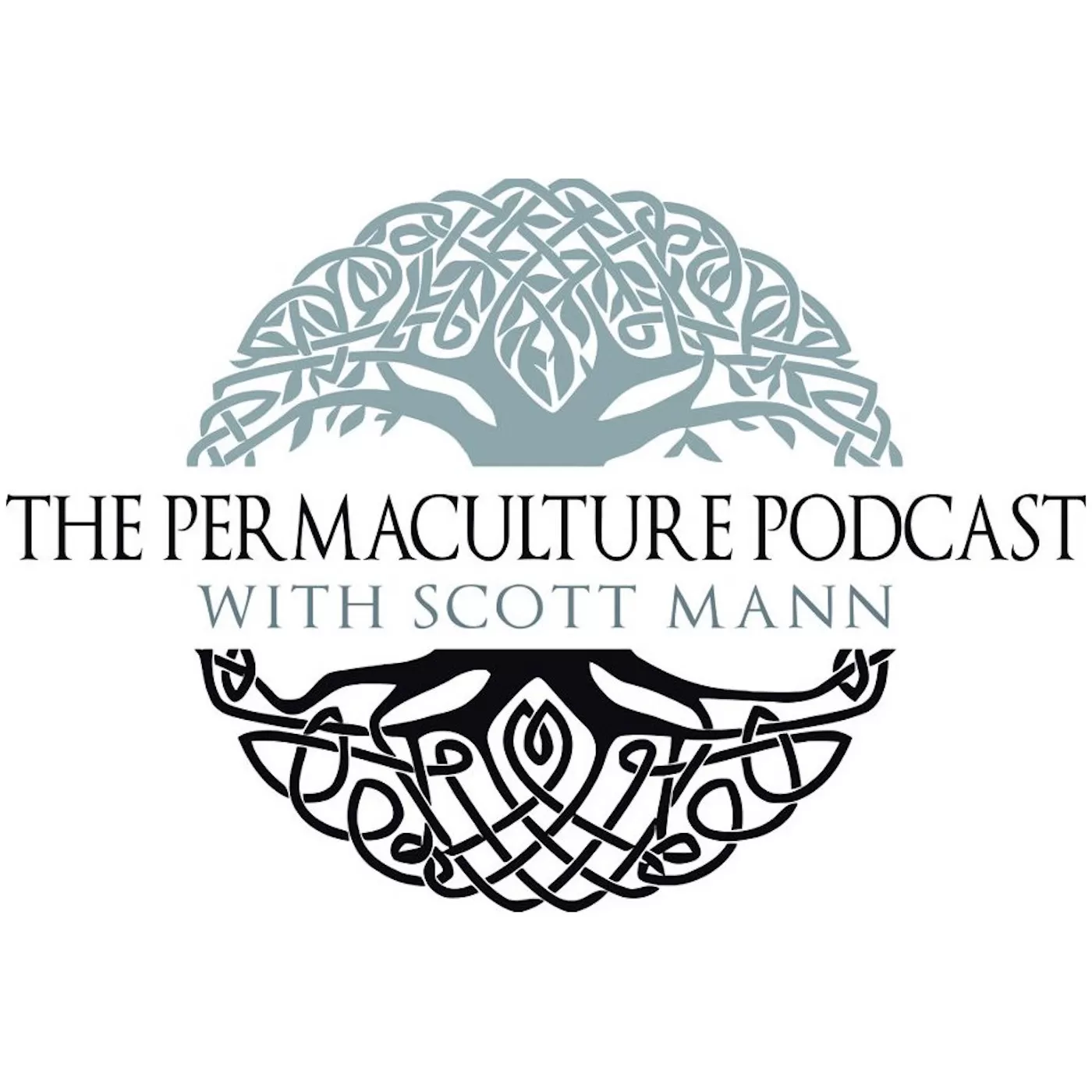Grounds for Your Garden: Composting Coffee

If you haven't heard of it yet, Starbucks Coffee Company has a composting program which packages up used grounds for people to take and add to their garden or compost bin. Clean, easy to acquire and use composting materials are always a benefit, especially as I try to build the less than wonderful soil at my home site. I usually see the can for this program located near the door so it's easy to sweep in and pick up any that are there. At the local stores they are popular and get picked up quickly so there's a bit of luck grabbing them. I grab them whenever I am near one and get a chance to go check. Even if you don't have a Starbucks nearby, consider talking with your local coffee shop and see if they have, or would consider starting, a similar program. It doesn't hurt to ask and the benefits you can reap are high. From what I remember of Starbucks packaging for the program, the PH of the grounds are essentially neutral, 6.9, with a C/N ratio of 20/1 making them a "green" when added to the pile, and containing trace nutrients.
I don't have a label on hand at the moment, but nearly identical information comes from this Garden Web article.
https://faq.gardenweb.com/faq/lists/soil/2002015354019975.html

